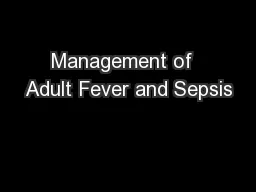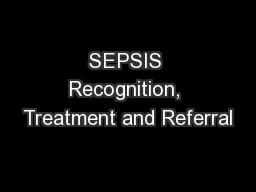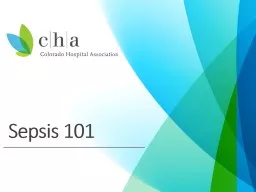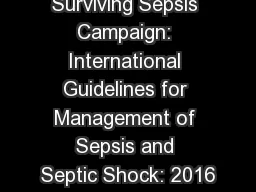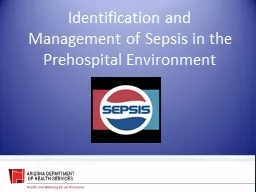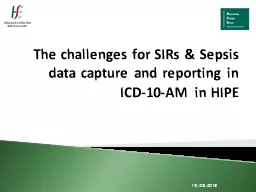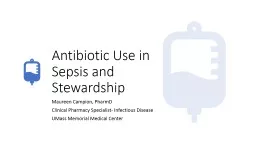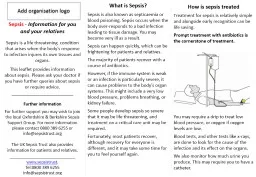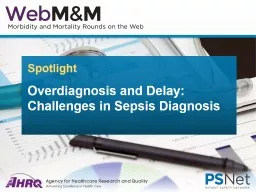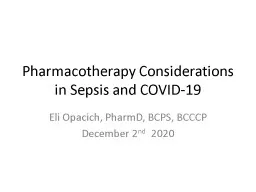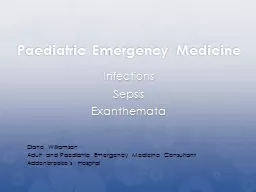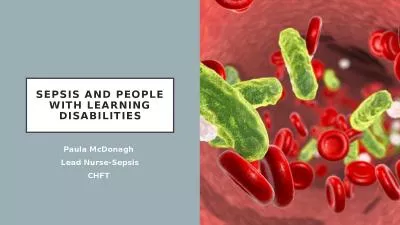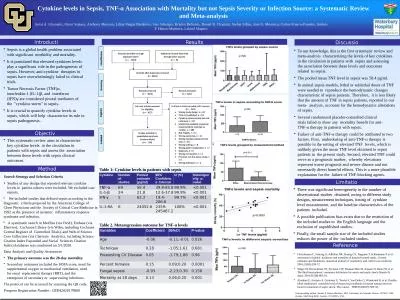PPT-Management of Adult Fever and Sepsis
Author : kittie-lecroy | Published Date : 2019-03-04
MLP EM Education Curriculum Dave Markel September 15 2015 What will be covered Basic concepts and definitions Initial management Septic shock Pearls and pitfalls
Presentation Embed Code
Download Presentation
Download Presentation The PPT/PDF document "Management of Adult Fever and Sepsis" is the property of its rightful owner. Permission is granted to download and print the materials on this website for personal, non-commercial use only, and to display it on your personal computer provided you do not modify the materials and that you retain all copyright notices contained in the materials. By downloading content from our website, you accept the terms of this agreement.
Management of Adult Fever and Sepsis: Transcript
Download Rules Of Document
"Management of Adult Fever and Sepsis"The content belongs to its owner. You may download and print it for personal use, without modification, and keep all copyright notices. By downloading, you agree to these terms.
Related Documents

